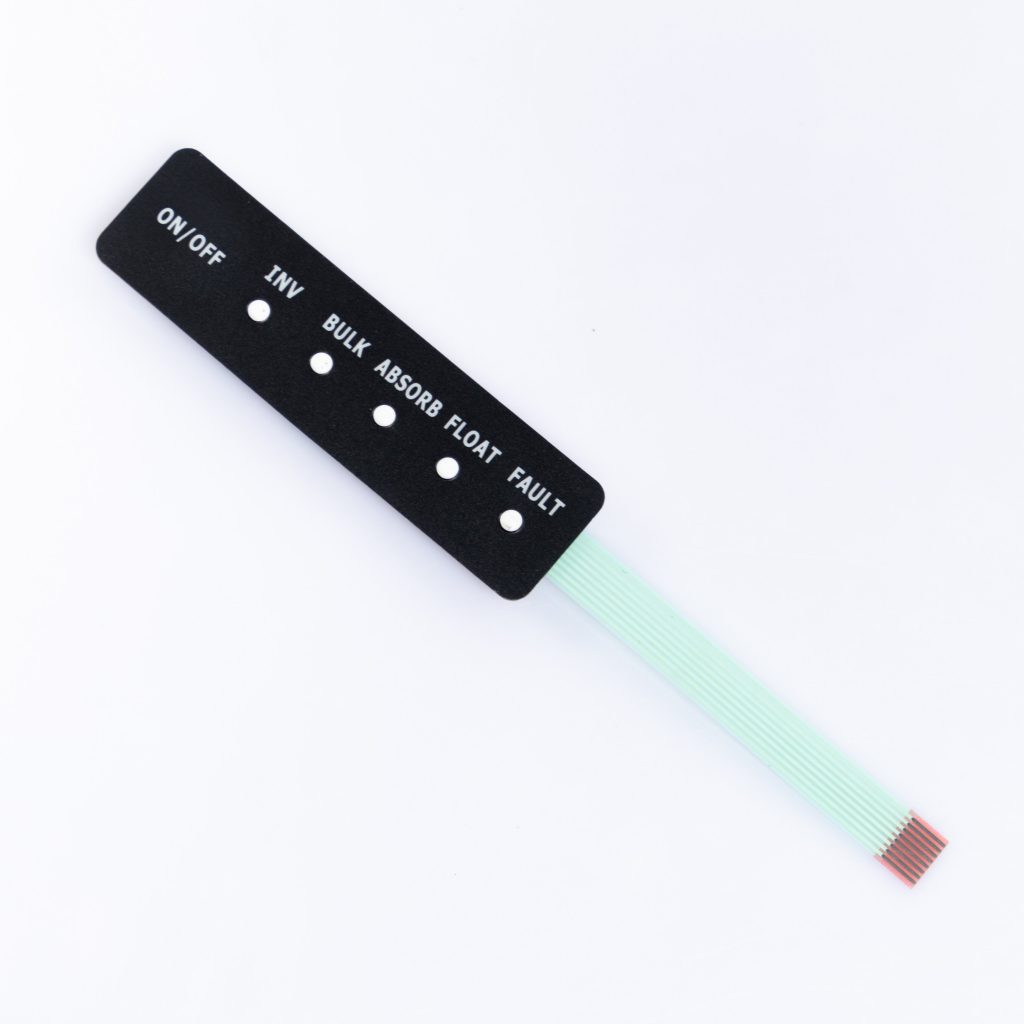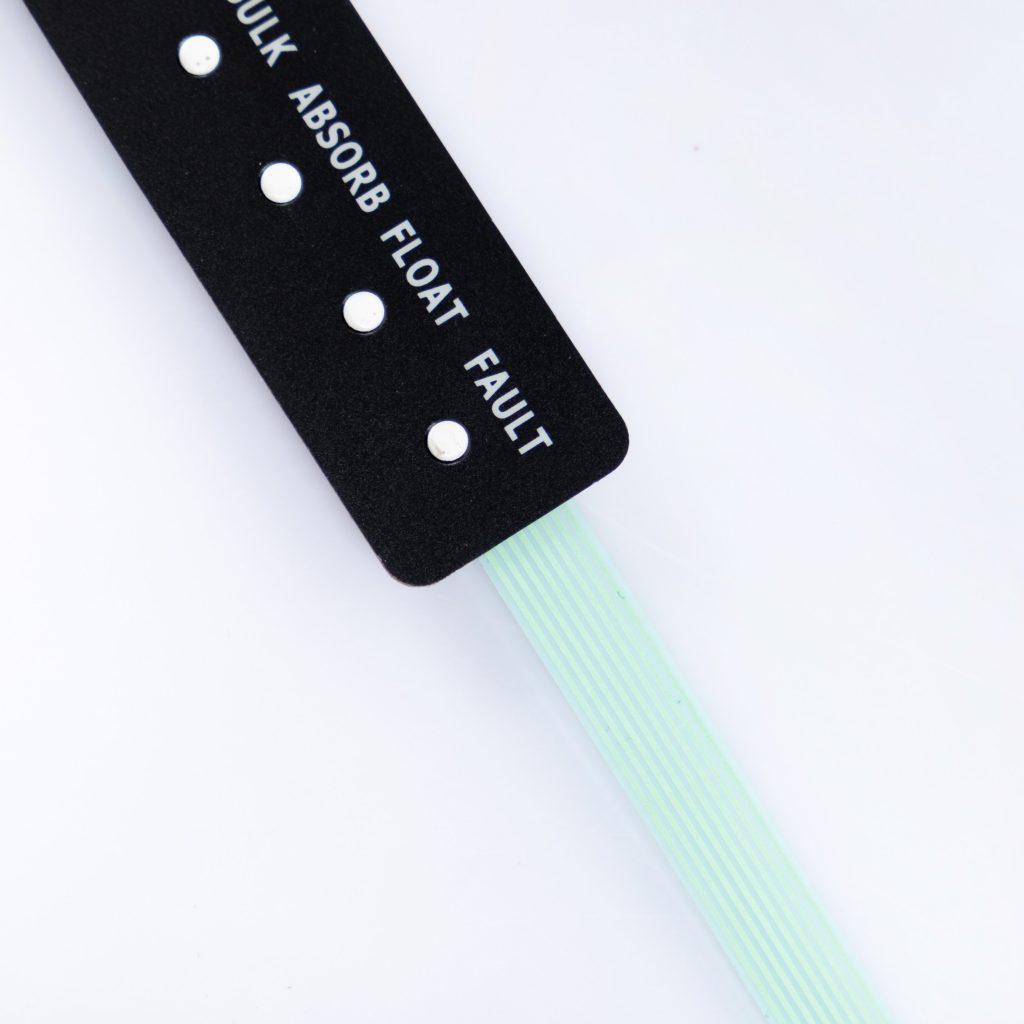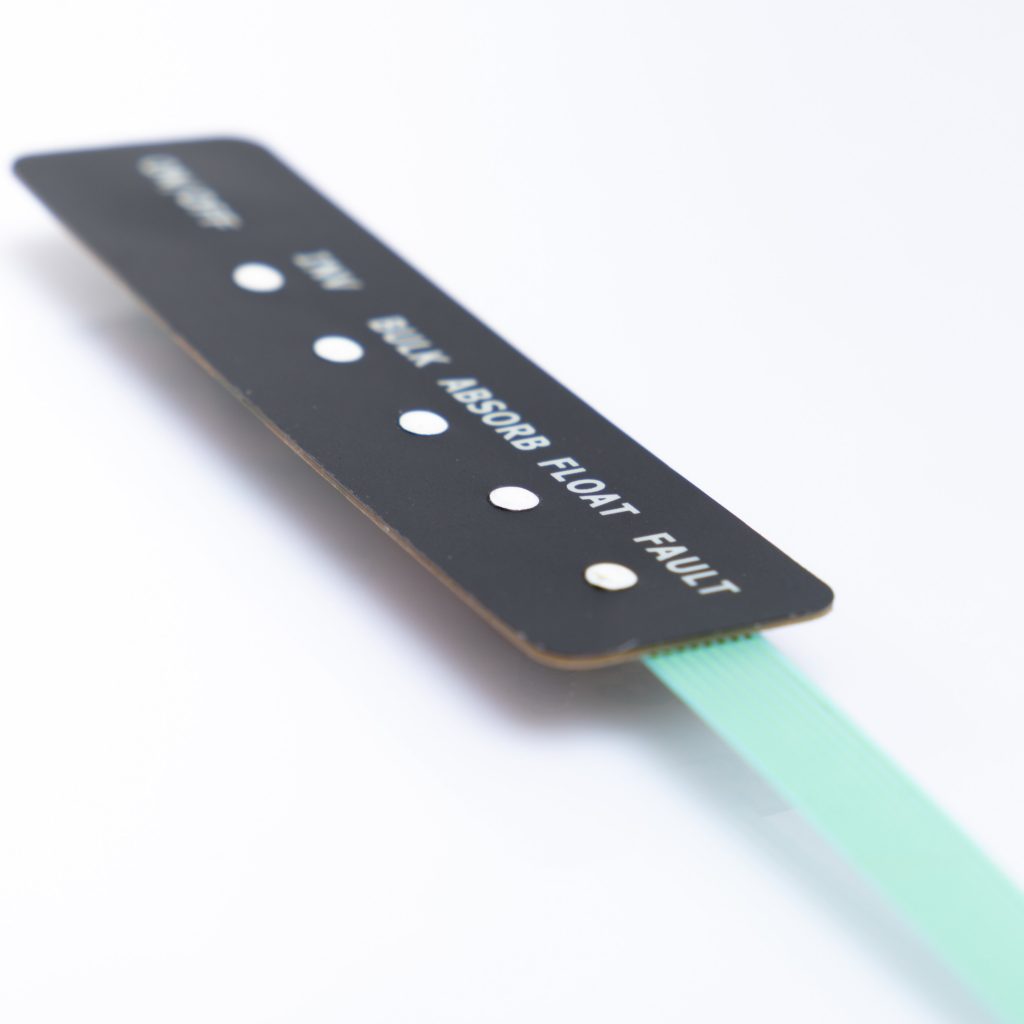Contact
Write to Us And We Would Be Happy to Advise You.
Do you have any questions, or would you like to speak directly with a representative?
By hqt
In the world of electronics and user interfaces, switches play a pivotal role. They are the gatekeepers of electrical connectivity, allowing us to interact with various devices and systems. While traditional mechanical switches have been the go-to choice for many years, recent innovations have given rise to alternative options, one of which is the dielectric ink membrane switch. In this article, we will explore the key differences between dielectric ink membrane switches and their traditional counterparts.



Traditional switches, also known as mechanical switches, have been the backbone of countless electronic devices. They operate using physical mechanisms, such as levers, buttons, or sliders, to open or close an electrical circuit. When you press a button on your keyboard or flip a light switch, you are engaging a mechanical switch. These switches are known for their tactile feedback and durability, but they also have some limitations.
Dielectric ink membrane switches, on the other hand, are a more recent addition to the world of switches. They use a completely different mechanism based on conductive ink. Instead of pressing a physical button, these switches rely on changes in electrical conductivity to register an input. A thin, flexible membrane with printed conductive ink traces is the heart of this technology. When you apply pressure to the membrane, it causes the ink traces to come into contact, completing the circuit.
Now that we have a basic understanding of both traditional and dielectric ink membrane switches, let’s delve into the differences that set them apart.
Traditional switches rely on physical mechanisms to create a connection or break it. This results in a tactile feel when the switch is actuated. In contrast, dielectric ink membrane switches operate without any moving parts, offering a smoother, noiseless operation.
Dielectric ink membrane switches are incredibly versatile when it comes to design. They can be made in various shapes and sizes, making them ideal for applications where space is limited. Traditional switches, being bulkier due to their mechanical components, may not be as adaptable.
Mechanical switches are known for their durability, capable of enduring millions of actuations. However, dielectric ink membrane switches have an advantage in certain environments. They are resistant to dust, moisture, and chemicals, making them suitable for harsh conditions.
Dielectric ink membrane switches offer a high degree of customization when it comes to appearance and functionality. The design possibilities are virtually limitless, allowing for branding, backlighting, and integration of other features. Traditional switches have limited customization options in comparison.
Cost is a critical factor in many applications. While dielectric ink membrane switches may have a higher initial cost due to their technology, they can offer long-term cost savings by reducing maintenance and replacement expenses, especially in rugged environments.
As technology continues to evolve, dielectric ink membrane switches are likely to find more applications in industries where traditional switches fall short. Their versatility, durability, and customization options make them a compelling choice for product designers and engineers.
In conclusion, dielectric ink membrane switches are a modern alternative to traditional mechanical switches, offering unique advantages in terms of design, durability, and customization. While mechanical switches still have their place, the versatility of dielectric ink membrane switches is driving innovation in various industries.
Are dielectric ink membrane switches suitable for outdoor use?
Can I replace traditional switches with dielectric ink membrane switches in my existing product?
Are dielectric ink membrane switches more expensive than traditional switches in the long run?
Do dielectric ink membrane switches require special maintenance?
Can dielectric ink membrane switches be used in consumer electronics?
Do you have any questions, or would you like to speak directly with a representative?